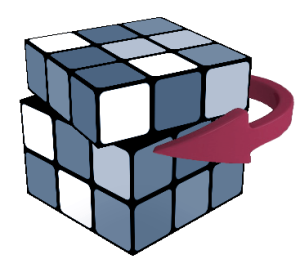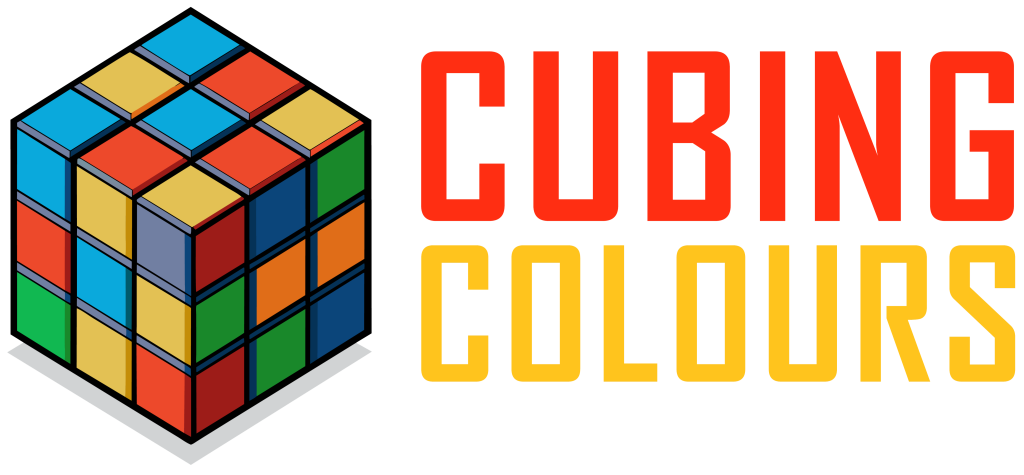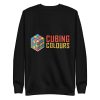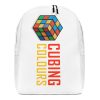Rubik’s Cube solving methods

There are numerous Rubik’s Cube solving methods for the original 3×3 Rubik’s Cube. Some are advanced, whereas others are designed for beginners. If you’re just starting to learn, it’s advisable to select a Rubik’s Cube beginner method that is straightforward.
Every solving method takes a different number of moves, and the difficulty level relies on the number of Rubik’s Cube algorithms it uses. Less complex methods take fewer algorithms but more moves, whereas sophisticated methods require more memorisation of algorithms in return for fewer moves and quicker solving times.
The more algorithms you know, the quicker and more effectively you’ll be able to process various problem-solving situations. It’s worth mentioning that you won’t necessarily execute every algorithm in a solve, only those that are required for the current situation you’re confronting.
Popular Rubik’s Cube Solving Methods
Below are some of the most popular techniques used for solving the 3×3 Rubik’s Cube:
- The Layer-By-Layer (LBL) or Long Layer Method
This is the most popular Rubik’s Cube beginner method, especially for those who started learning in the 1980s, like myself. It uses about 10 simple algorithms and typically requires around 120 moves to solve the cube. This method is very visual and can often be learned just by watching someone perform the steps.
- The Roux Method
A more natural and block-based method. It takes more knowledge of cube mechanics but makes fewer moves when executed well.
- The Waterman Method
This method is less popular but respected for its effectiveness. It’s better for intermediate to advanced cubers who want to minimise move count.
There are other lesser-known methods to solve, and some of them may not even have widely known names. The way to find out what works for you is to experiment and observe which one works best with your learning method.
Learning Resources
How to solve a Rubik’s Cube can be taught in several ways:
YouTube Tutorials: Ideal for visual learners who need to see the solving process live.
Books: Most cube tutorial books specialise in 3×3 Rubik’s Cube but also have guides on the 2×2 to 5×5 cubes. Books provide easy-to-understand diagrams and step-by-step solutions.
Online Resources: Online forums, blogs, and special Rubik’s Cube websites tend to give detailed explanations of various solving methods.
As you practice and explore, you’ll find the optimal Rubik’s Cube solving method for your speed and technique. The best solving techniques are well organized, methodical, and geared to assist you in developing from a beginner to an expert.


![[JudyCube] QiYi Warrior S 3x3x3 Magic Cube 3x3 Speed Cube Cubo Magico Magic Cubo Professional Fidget Toys Children's Gifts](https://cubingcolours.com/wp-content/uploads/2025/08/kf-S3175e74f7235409ab755baec634dca9du-100x100.webp)


